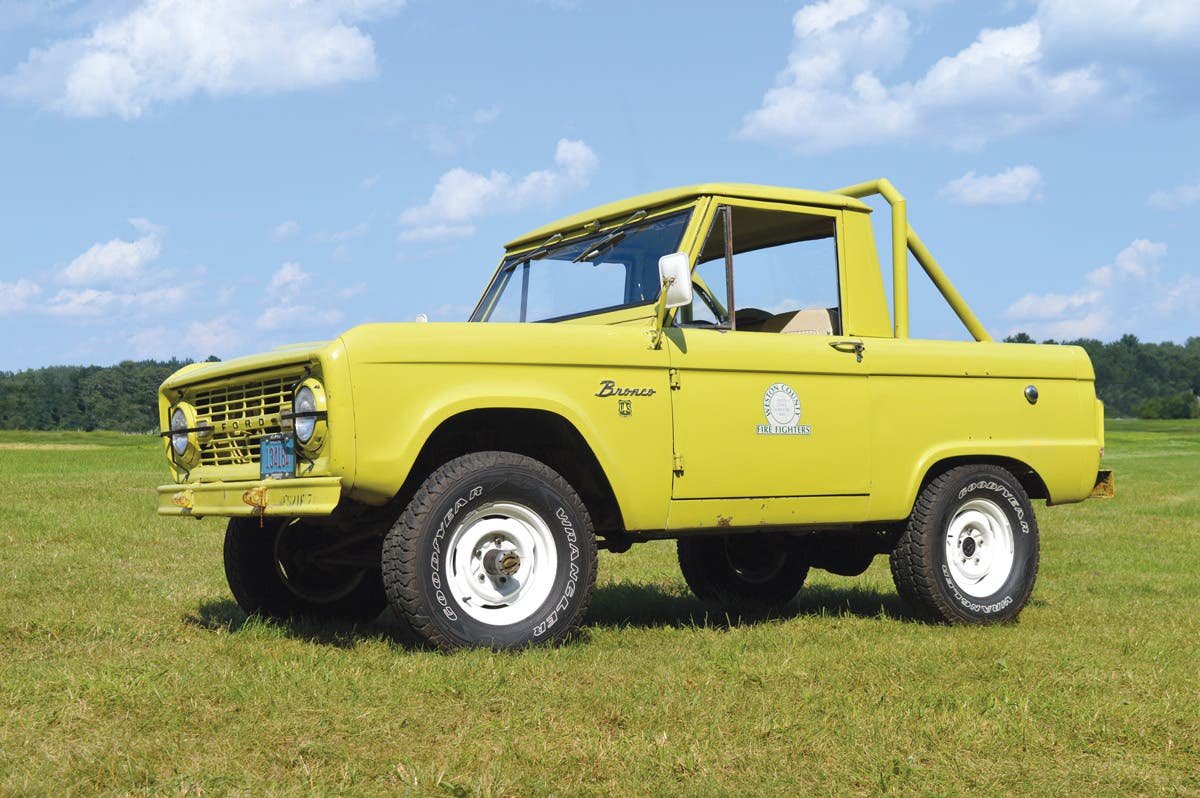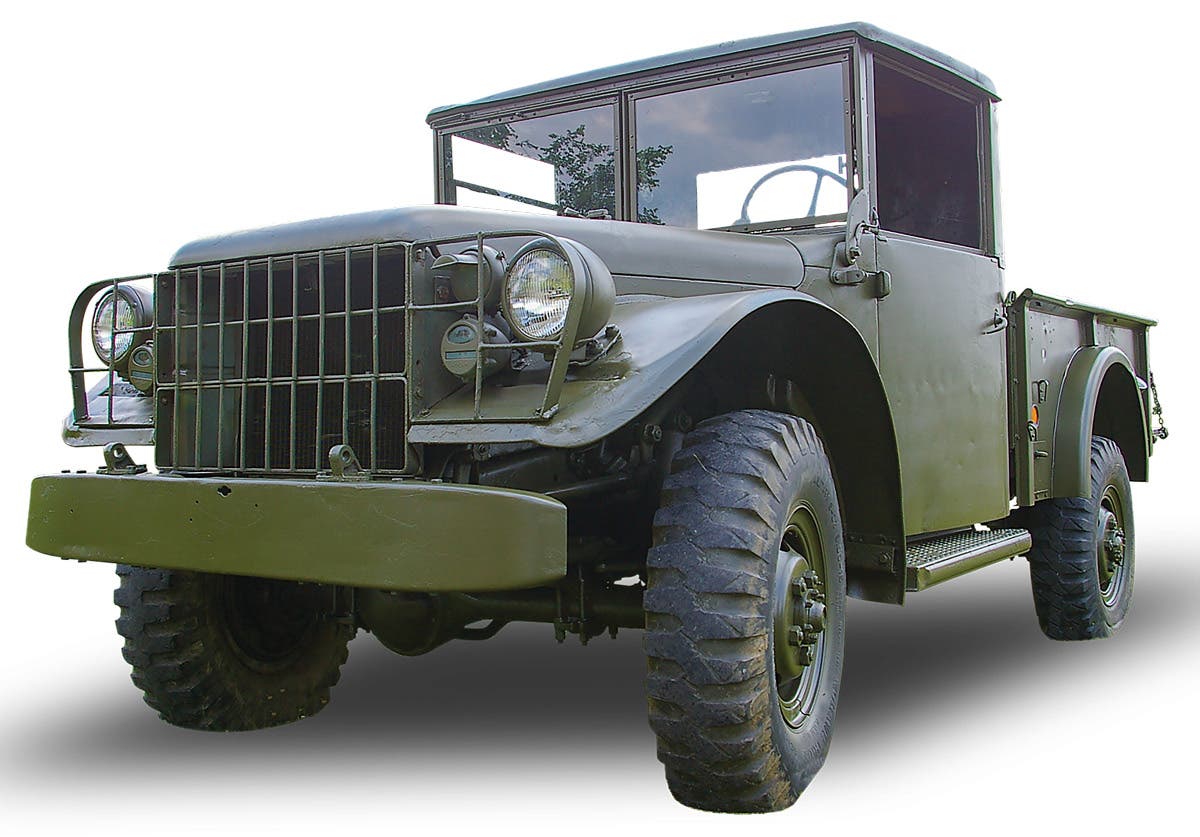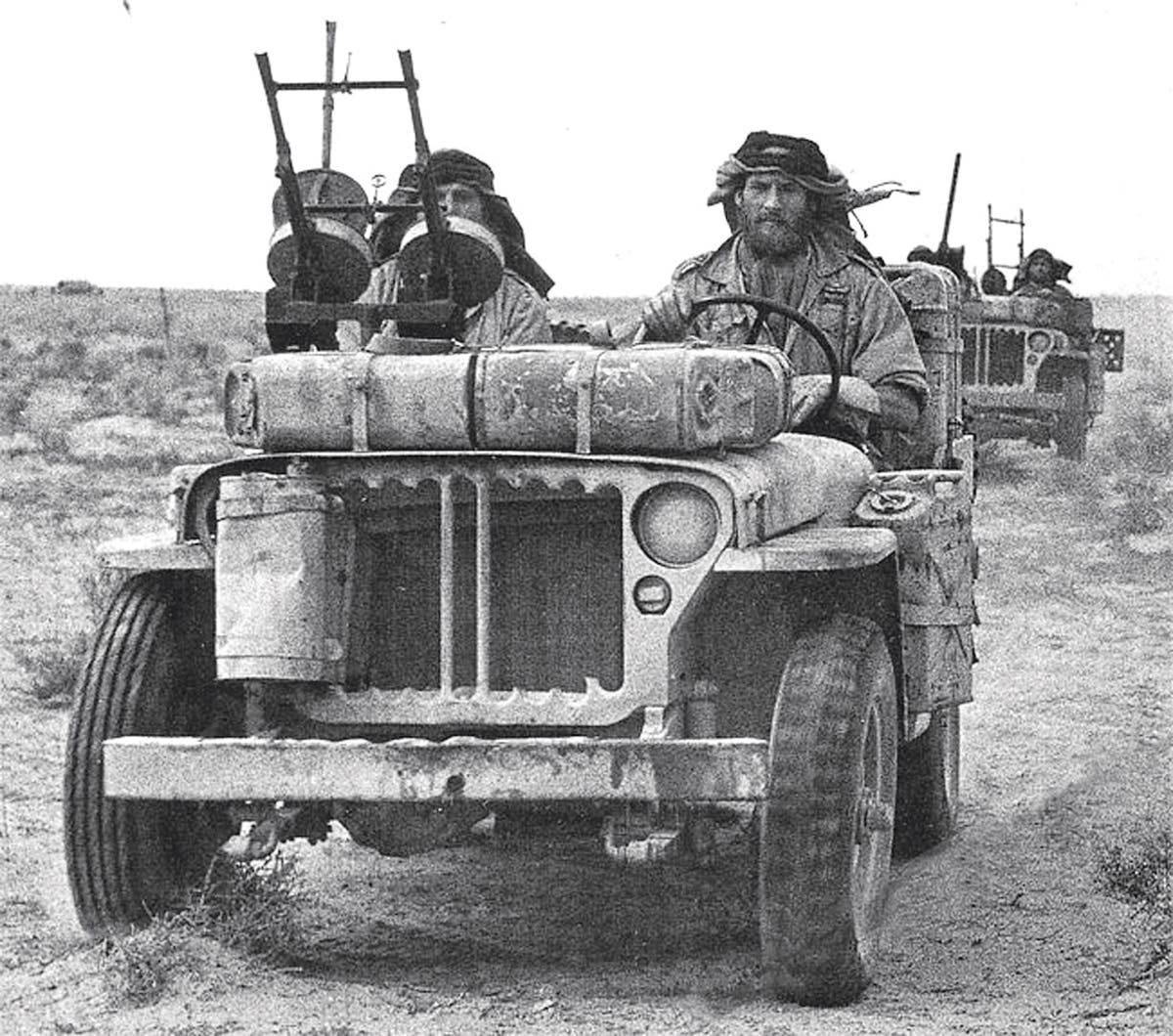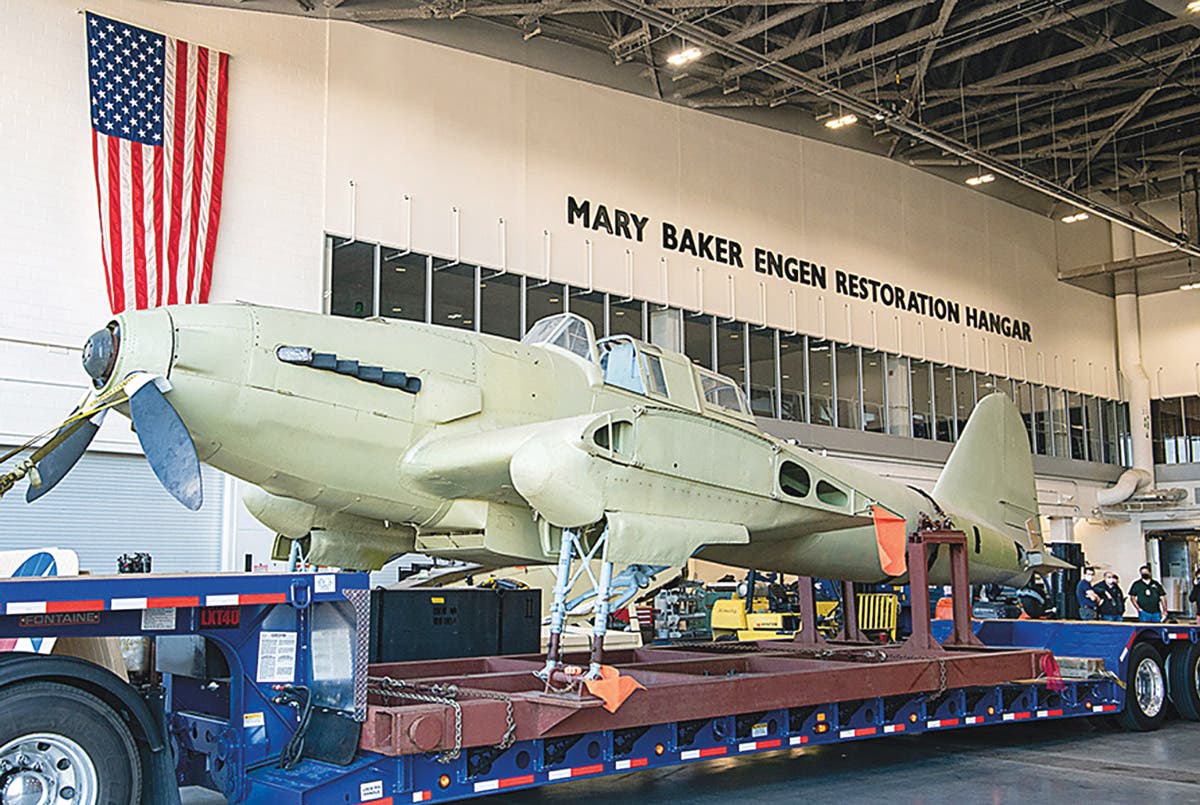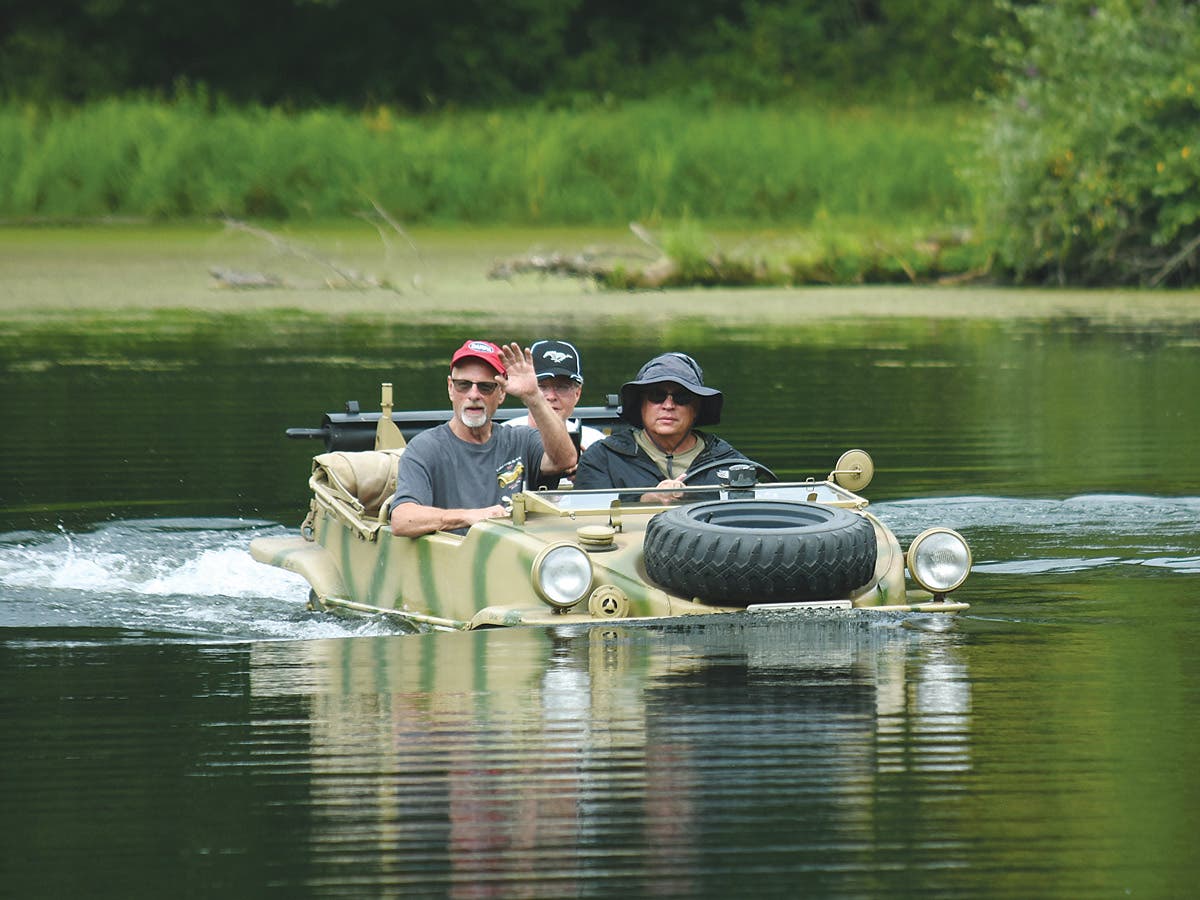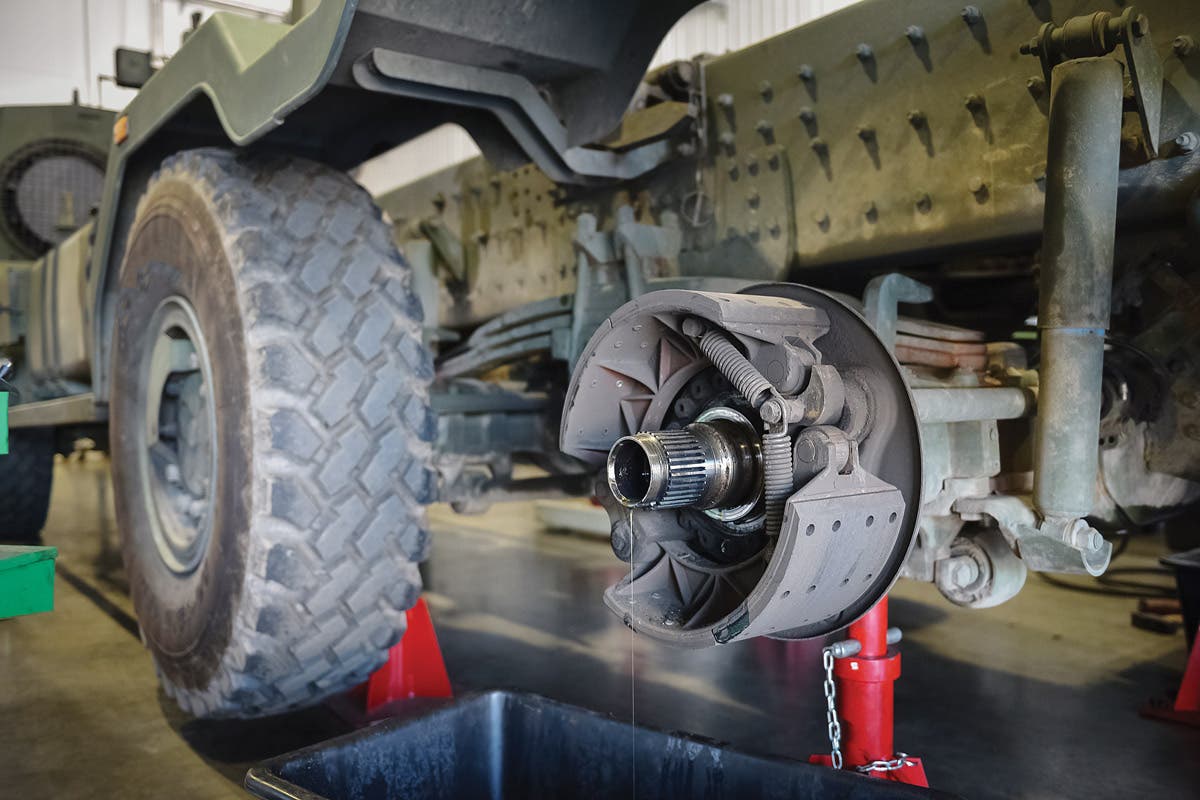WWII Japanese Subs Found off Oahu
High-tech subs were designed to attack U.S. mainland
December 2, 2009
The remains of two high-tech World War II Japanese submarines designed to attack the United States mainland have been found off Oahu.
The announcement was made in November by the National Oceanic and Atmospheric Administration's Undersea Research Lab at the University of Hawaii-Manoa and the National Geographic Channel.
The submarines — the subjects of a National Geographic special, "Hunt for the Samurai Subs" that premiered Nov. 17 — were part of a top-secret Imperial Japanese Navy plan to attack cities on the U.S. mainland, including New York and Washington, D.C. The I-14 was capable of carrying two fighter bombers while submerged; the I-201 was the fastest attack submarine of its time.
Similar to a modern-day "boomer," the I-14 carried enough fuel to travel around the globe. That meant it could pop up off the East Coast, assemble and launch its folded-wing planes within 10 minutes and then submerge again. After the war, five of the subs were captured by the U.S. and brought back to Pearl Harbor where they were studied. They were intentionally sunk by the U.S. Navy in 1946 when Russian scientists began to demand access to the technology under terms of the treaty that ended the war.
Since 1992, a team led by Hawaii Undersea Research Lab operations director Terry Kerby has used the manned submersibles Pisces IV and Pisces V to hunt for the Japanese subs. In March 2005, the team discovered the I-401, which could carry three aircraft. The I-14 and I-201 were found in February in 3,000 feet of water.



